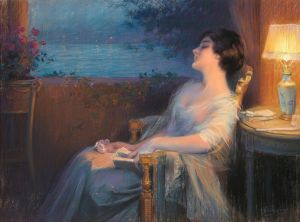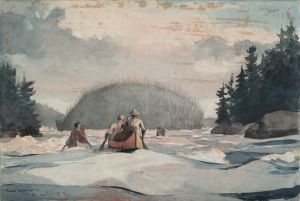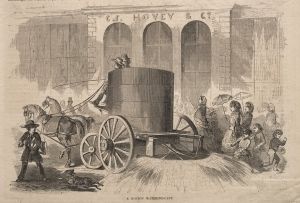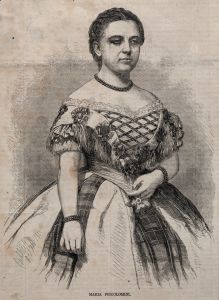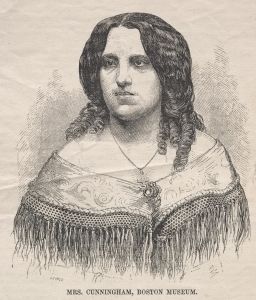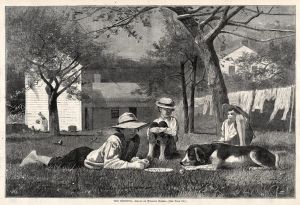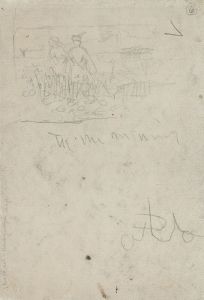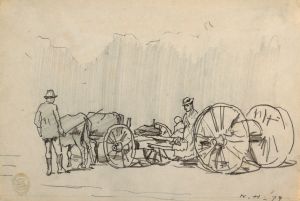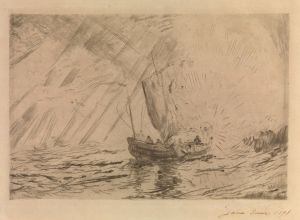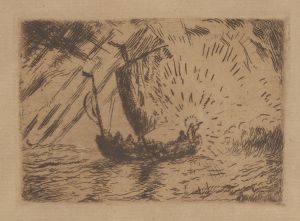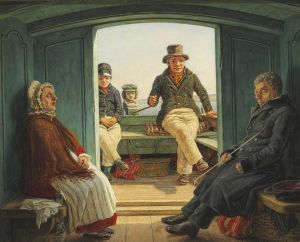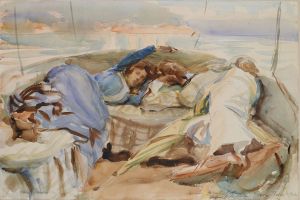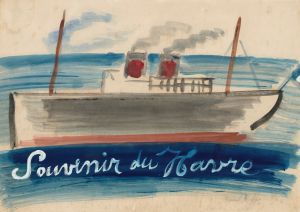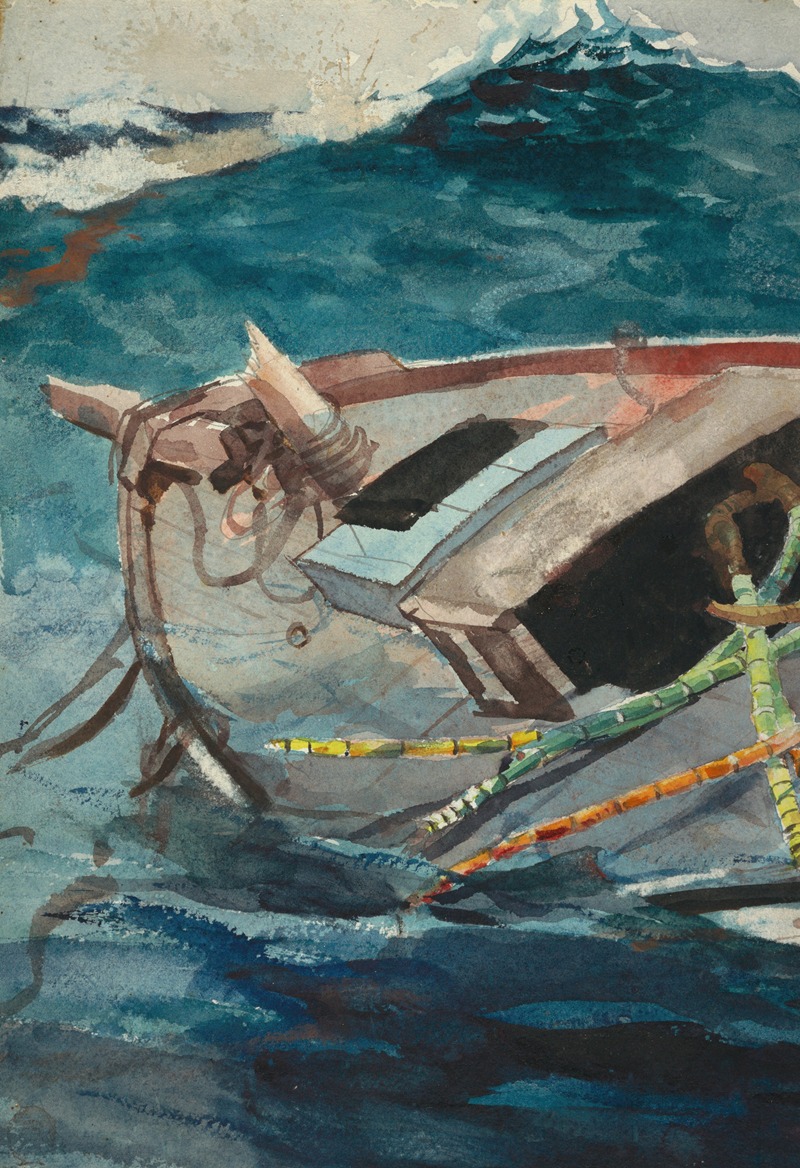
Study for ‘The Gulf Stream’
A hand-painted replica of Winslow Homer’s masterpiece Study for ‘The Gulf Stream’, meticulously crafted by professional artists to capture the true essence of the original. Each piece is created with museum-quality canvas and rare mineral pigments, carefully painted by experienced artists with delicate brushstrokes and rich, layered colors to perfectly recreate the texture of the original artwork. Unlike machine-printed reproductions, this hand-painted version brings the painting to life, infused with the artist’s emotions and skill in every stroke. Whether for personal collection or home decoration, it instantly elevates the artistic atmosphere of any space.
Winslow Homer, an influential American artist known for his marine subjects, created "Study for ‘The Gulf Stream’" as a preparatory work for his larger and more famous painting, "The Gulf Stream," completed in 1899. This study, like the final piece, reflects Homer's deep engagement with themes of human struggle against the forces of nature, a recurring motif in his oeuvre.
"Study for ‘The Gulf Stream’" serves as a crucial step in Homer's artistic process, allowing him to explore composition, lighting, and thematic elements before committing to the final canvas. The study depicts a lone man adrift on a small, rudderless boat in the midst of a turbulent sea. Surrounding the boat are ominous waves and circling sharks, emphasizing the perilous situation. The sky is overcast, suggesting an impending storm, and the distant horizon is barely visible, adding to the sense of isolation and vulnerability.
Homer's choice of subject matter in this study reflects his fascination with the sea and its unpredictable nature. Having spent time in the Bahamas and along the eastern seaboard of the United States, Homer was intimately familiar with the ocean's beauty and danger. This firsthand experience informed his depiction of the sea as both a source of sustenance and a formidable adversary.
The study is executed with a keen attention to detail, showcasing Homer's mastery of watercolor and his ability to convey mood and atmosphere. The use of color and light in the study is particularly noteworthy; Homer employs a muted palette to evoke the somber mood of the scene, while the interplay of light and shadow adds depth and drama.
"Study for ‘The Gulf Stream’" is significant not only for its artistic merit but also for its cultural and historical context. At the time of its creation, the painting resonated with contemporary audiences who were familiar with the perils of sea travel and the broader themes of survival and resilience. The work can also be seen as a reflection of the broader existential questions that preoccupied artists and thinkers at the turn of the 20th century.
Homer's study, along with the final painting, has been the subject of much scholarly analysis and interpretation. Critics have explored various themes, including the racial implications of the lone black figure in the boat, the symbolism of the sharks, and the painting's commentary on human vulnerability in the face of nature's might.
Today, "Study for ‘The Gulf Stream’" is appreciated as a testament to Winslow Homer's skill as a draftsman and his ability to capture the raw power of the natural world. It remains an important work for understanding Homer's artistic legacy and his contribution to American art. The study is often exhibited alongside the final painting, allowing viewers to appreciate the evolution of Homer's vision and the meticulous process behind his iconic seascapes.





